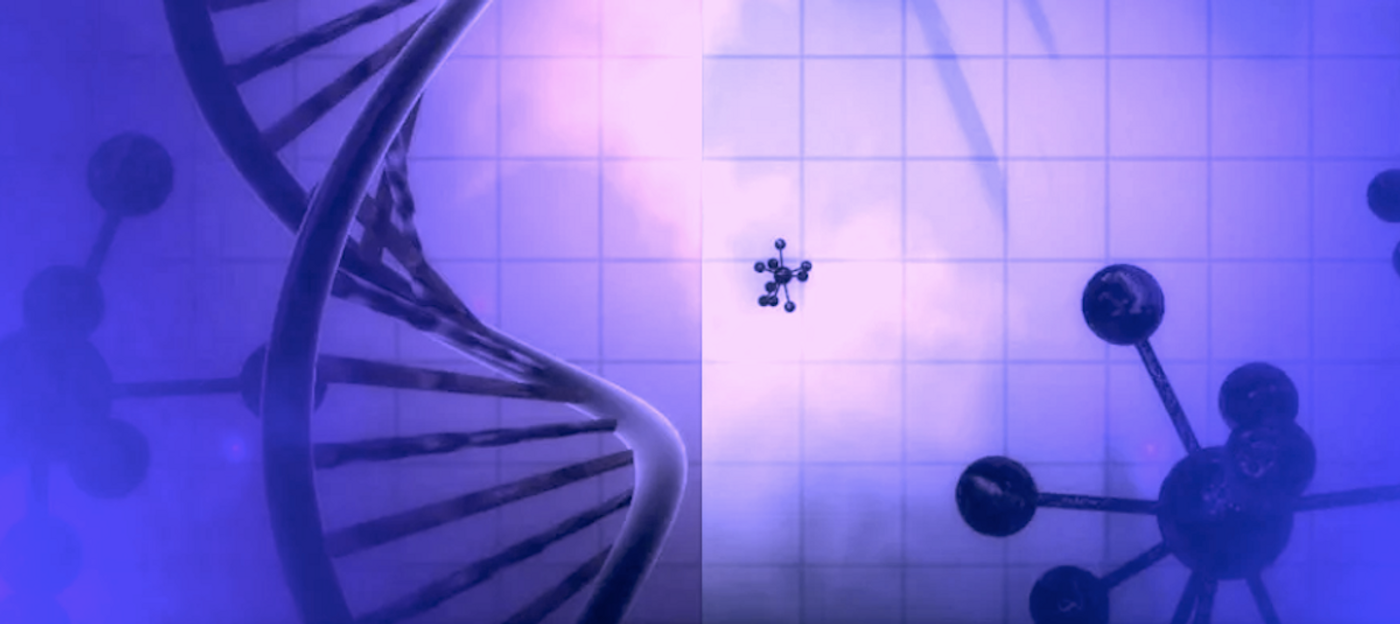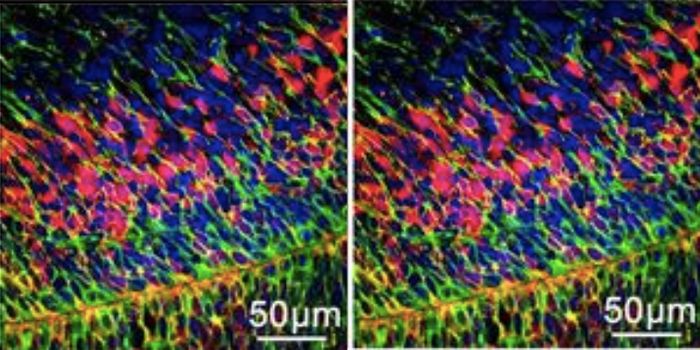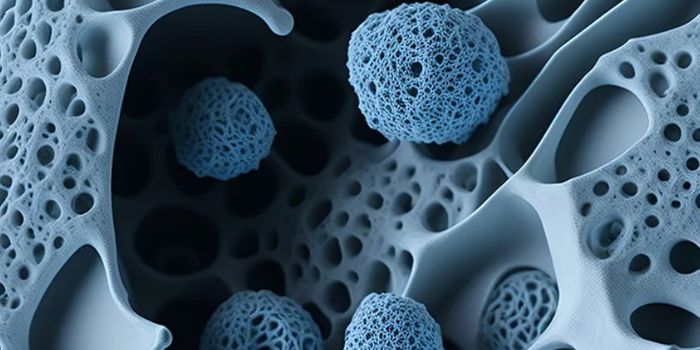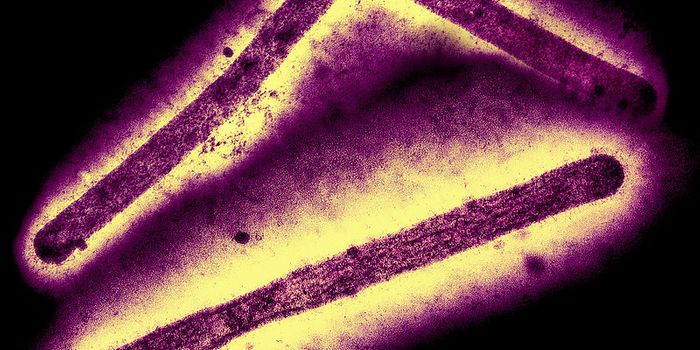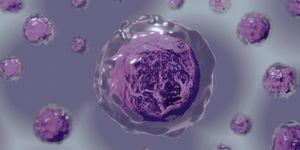A Novel Mechanism of Gene Regulation is Revealed
For simplicity's sake, it's easy to think of DNA as a double-stranded molecule made of nucleotide bases A, G, C, and T, and RNA as a single-stranded molecule made of the nucleotide bases A, G, C, and U. But the reality is a bit more complex; both molecules can form more complex structures. For example, DNA is also able to form a quadruple helix structure. RNA is also able to take on secondary structures; if one part of an RNA sequence is complementary to another on the same strand, it's possible for these complementary sequences to bind to one another and form what's sometimes known as a hairpin.
Mature RNA may exist in a double-stranded form for a variety of reasons. In transfer RNA, it's an essential part of the structure of the molecule. In the case of messenger RNA (mRNA), it may prevent the cell from degrading mRNA molecules that have formed hairpins, or the secondary structure could influence how an mRNA interacts with other molecules. There are also disorders that are known to arise because complementary regions of RNA are lost, and no secondary structure is formed. The loss of the resulting function causes disease.
Researchers have now determined that an interaction between parts of an RNA molecule that are far apart may help control gene expression. The findings have been reported in Nature Communications.
In this work, scientists analyzed sequences of RNA that are on the same molecule and complementary to one other, but spaced very far apart, a type of interaction that has not been well-understood. Studies have frequently focused on complementary regions of RNA that are closer together.
The scientists determined that the secondary structures that come from distant, complementary regions in RNA may play a role in the processing of RNA into mature molecules that have had their non-coding portions removed, and coding regions stitched together. Secondary RNA structures that form from distant regions appear to be involved in the control of RNA splicing, which would give them a significant influence on gene expression.
"This paper culminates years of research on the RNA secondary structure and its role in the regulation of gene expression. We have published an extensive computation-based catalog of potentially important RNA structures, but the experimental research in this direction is just starting," said senior study author Professor Dmitri Pervouchine of Skoltech.
Sources: AAAS/Eurekalert! via Skolkovo Institute of Science and Technology (Skoltech), Nature Communications
